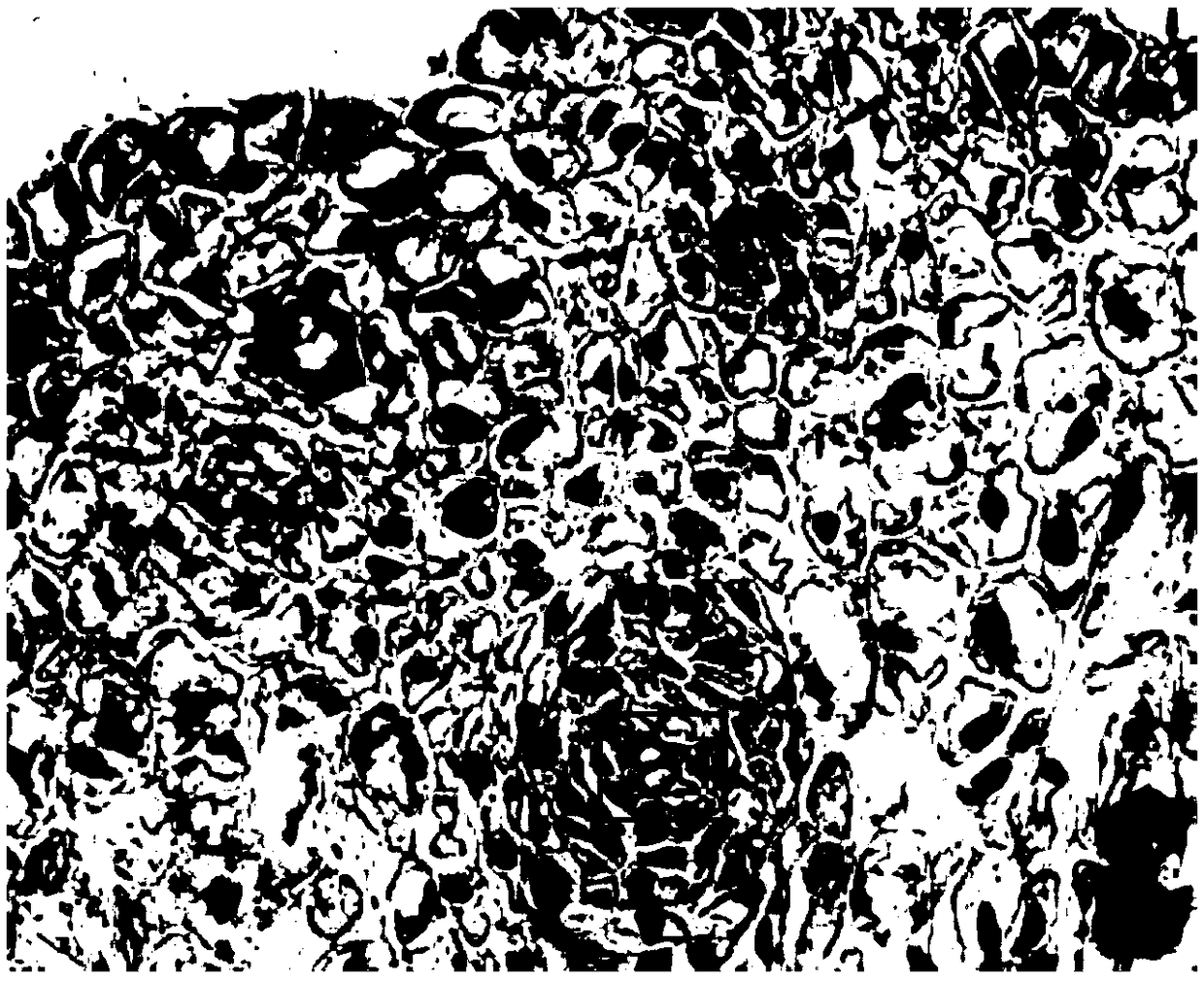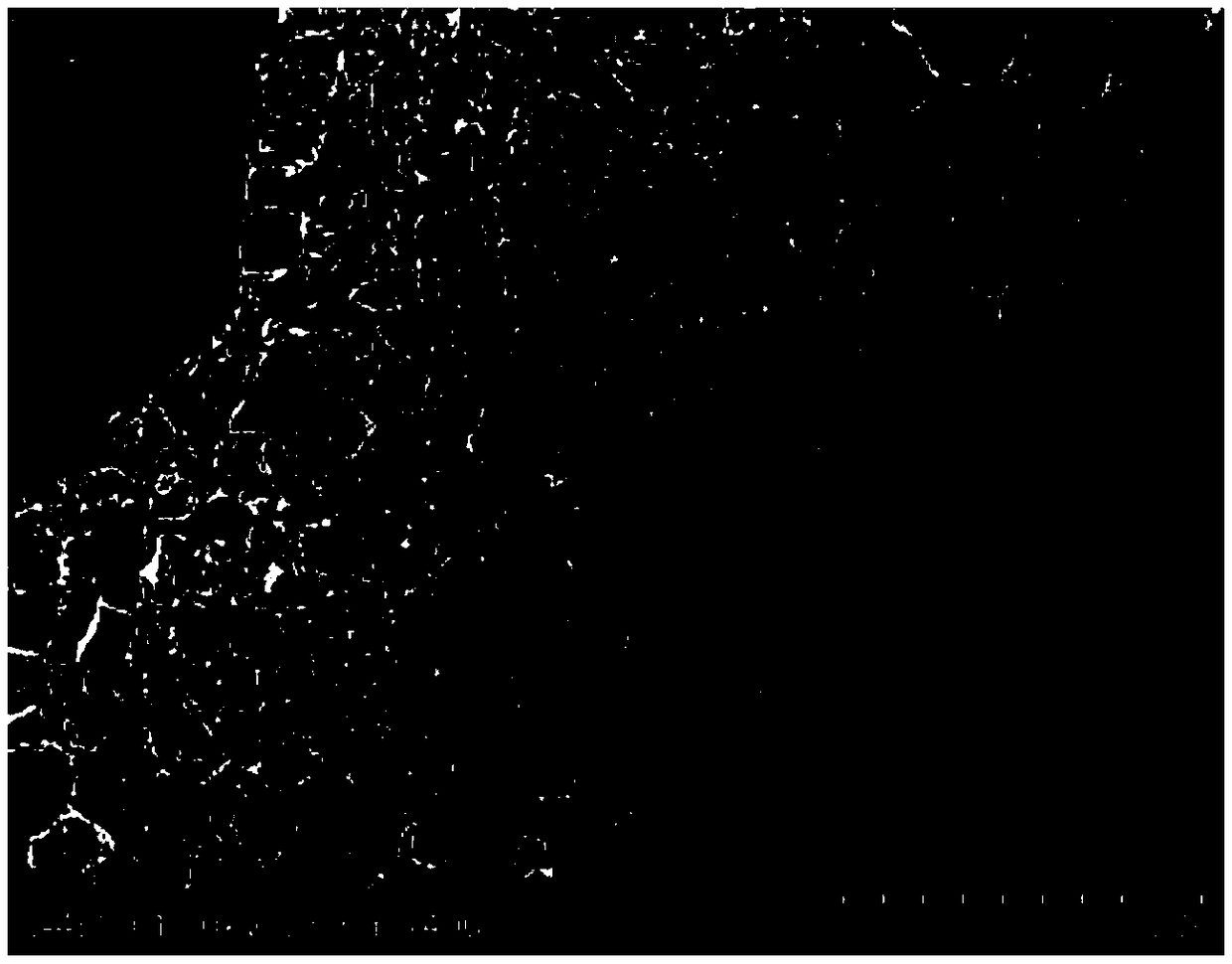Method for observing same cellular morphology by ordinary optical, fluorescence and scanning electron microscopes
A technology of optical microscopy and fluorescence microscopy, which is applied in material analysis, fluorescence/phosphorescence, and scientific instruments through optical means, and can solve problems such as the inability to obtain the three-dimensional outline of cells, the inability to see tissue staining and fluorescence microscopy results in paraffin sections, etc.
- Summary
- Abstract
- Description
- Claims
- Application Information
AI Technical Summary
Problems solved by technology
Method used
Image
Examples
Embodiment 1
[0026] The materials are magnolia ovules and arborvitae ovules
[0027] 1) Fixation: use FAA fixative solution (70% alcohol: formaldehyde: glacial acetic acid = 90:5:5), fix at room temperature for 24 hours.
[0028] 2) Soak in dehydration series solution, soak each reagent for one day, follow the order of Table 1-6.
[0029] Table 1
[0030]
[0031] 3) Dip wax
[0032] Adjust the temperature of the incubator to 60°C, put the sample in a glass bottle, add an appropriate amount of wax shavings, a small amount of tert-butanol, cover it, open the cover two days later, let the tert-butanol volatilize, and soak in the wax for a week.
[0033] 4) Embedding
[0034] Pour the liquid wax into the aluminum box and place it on the spreading machine to prevent solidification. The temperature of the spreading machine is set at 60°C. Put the material soaked in wax for a week into the liquid wax, and use hot tweezers when slowly solidifying at room temperature Stir up and down so tha...
PUM
 Login to View More
Login to View More Abstract
Description
Claims
Application Information
 Login to View More
Login to View More - R&D
- Intellectual Property
- Life Sciences
- Materials
- Tech Scout
- Unparalleled Data Quality
- Higher Quality Content
- 60% Fewer Hallucinations
Browse by: Latest US Patents, China's latest patents, Technical Efficacy Thesaurus, Application Domain, Technology Topic, Popular Technical Reports.
© 2025 PatSnap. All rights reserved.Legal|Privacy policy|Modern Slavery Act Transparency Statement|Sitemap|About US| Contact US: help@patsnap.com



